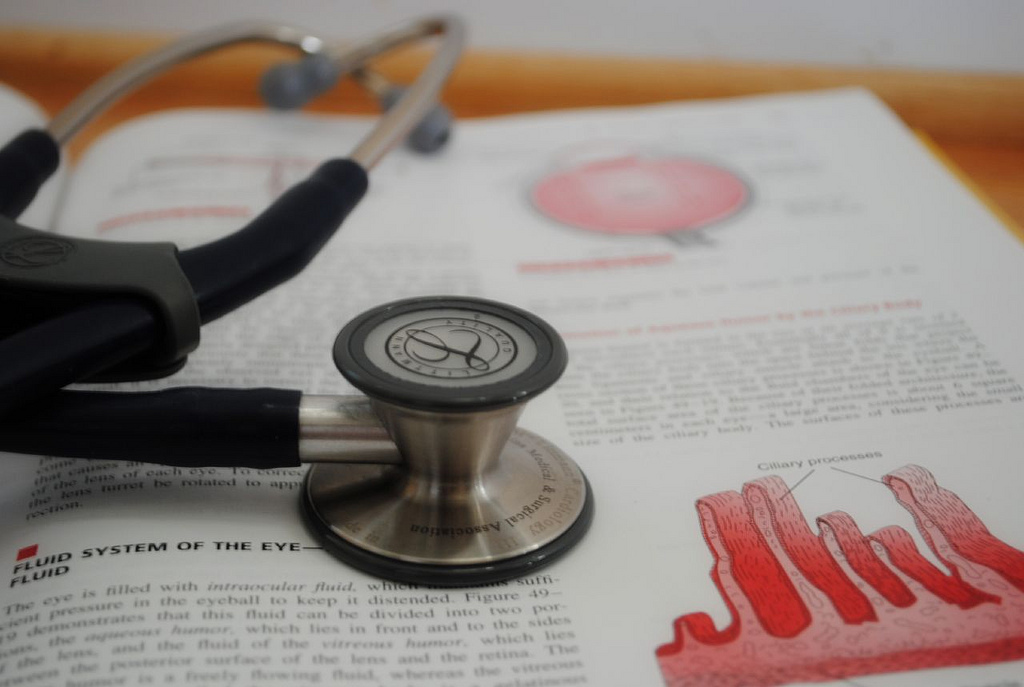A Day In the Life of a Gastroenterology/Hepatology Physician Assistant
/Image Credit: Paul
08:00
Thankfully, most mornings I can ease into my day. I arrive to the office, greet clinic staff and log onto the electronic medical record. Today I am split, with a morning in the hospital providing consulting services for the Gastroenterology and Hepatology Department and in the afternoon I am seeing patients in the outpatient General GI clinic.
The inpatient service looks steady with several new consults. These range from acute GI hemorrhage to decompensated cirrhosis management to acute ascending cholangitis to endoscopic placement of feeding tubes. I assess the clinical question being asked as part of the consultation, the patient’s vitals, medications, nursing notes and see if there were important events overnight. It is also my responsibility to review patients from the day before that have not been discharged and remain active on the GI service.
09:00
When rounding in the morning, I triage them based on their acuity and take into account what time the consult request came in. I see the patient in their hospital room. There I glean a history and physical. Then head to the nurses station to review the case with care team members (floor nurse, aides, hospitalist and other consulting services). Next I provide a preliminary assessment and plan, providing medication adjustments, informing patient and care members when a procedure may occur etc. Communication is key when providing a consulting service. If there are any important questions or emergent need to contact the on-call Gastroenterology MD (GI MD) he is only a phone call away.
11:00
Now I’m heading back to my office to dictate and touch base with the other GI Advanced Practice Providers. There are a total of 3 based out of this regional hub. We have a rotating schedule where each person is either full-time hospital coverage, full-time clinic coverage or split between clinic and hospital.
The on-call GI MD in the morning, is typically performing endoscopies, evaluating clinic patients or performing provider administrative tasks. We do a quick table rounds. Review vital information and discuss a care plan, then head to see the new patients together for second rounds. Patients from the previous day are also reviewed, based on severity or stability the MD may or may not see them each day.
12:00
I make a strong effort to eat lunch daily. I tend to not eat lunch at my desk. For me, lunchtime is a time to decompress for 30 minutes, network and socialize with other coworkers. Eating away from my desk also reinforces more of a mindful eating practice which is something I commonly stress to my patients.
Once lunch is over, I head back to the clinic to catch up on any open documents in the electronic medical record, reply to messages and to prepare for the afternoon.
13:00
Afternoon clinic has begun. It is a full day packed with 5 return patients and 1 new consult. The new consult is for gastroesophageal reflux disease symptoms persisting on a proton pump inhibitor in a 55 year old male with a significant history for tobacco and alcohol use. He has never had an upper endoscopy and not only complains of worsening reflux but also dysphagia to solids that is progressing. There has also been a 10lbs unintentional weight loss. He will need a fluroesophagram and an esophagogastroduodenoscopy. I am concerned he may have esophageal cancer. I touch base with one of the GI MDs, review the case and inquire if there is a way this patient could be seen in the endoscopy suite sooner than later. They agree with my assessment and are able to fit him in sooner than a routine diagnostic endoscopy.
The return patients have diseases that range from irritable bowel syndrome to celiac disease to ulcerative colitis to nonalcoholic fatty liver disease to chronic slow transit constipation. These are a fine smattering of chronic gastrointestinal diseases that require continued care to ensure a high quality of life but also ideal physical and mental health needs are being met.
16:30
My last patient of the day is leaving her appointment and heading to the scheduling desk to arrange for her upcoming colonoscopy and a 6 month follow-up clinic visit. She is a 24 year old female who has had left sided ulcerative colitis for 12 years. She is enrolled in a colorectal cancer surveillance program and is due for her colonoscopy this coming fall. She is symptomatically doing well on medical therapy.
I now turn my attention to addressing some patient portal messages, messages from clinic staff, medication refill requests and to finalize some electronic medical record notes.
17:30
The day has wrapped up and I am heading to my vehicle. Overall, a productive day. Tomorrow is a new day that will be different than today. One of the main reasons why I enjoy Gastroenterology and Hepatology so much, is how varied the patients, diseases and organs are. I value that this position allows me to work in an inpatient and outpatient setting.
Thank you for following along with me as I shared A Day In the Life of a Digestive Disease PA-C
Professional Biography:
Victoria Sainsbury Louwagie, PA-C is a Physician Assistant at Mayo Clinic Health System who has been practicing digestive disease medicine since 2011. She received her Masters of Science in Physician Assistant Studies at Le Moyne College in Syracuse, New York. She is board-certified and licensed in Minnesota to practice medicine. Originally from Pittsburgh, Pennsylvania she has greatly enjoyed living in the midwest and becoming part of the Greater Mankato Area community. When not practicing medicine her hobbies include boating the local lakes with her husband and friends, crossfit, quilting, baking and traveling.












